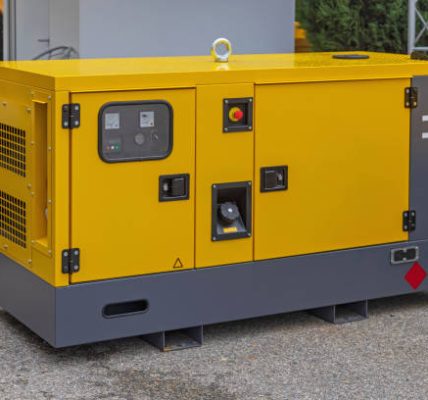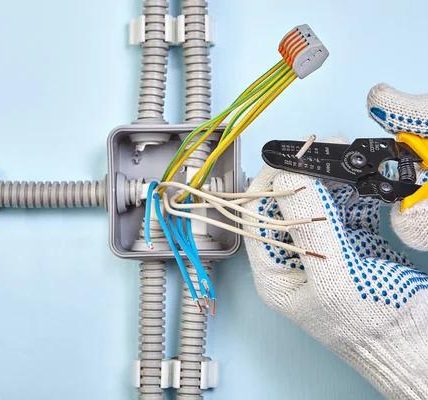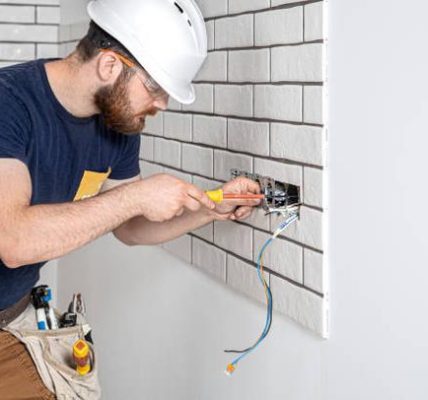When it comes to choosing the best roof for your property, two options often come up: flat roofs and pitched roofs. Both have their own set of advantages and disadvantages, making the decision highly dependent on a range of factors including climate, budget, architectural style, and personal preference.
Flat roofs are exactly what they sound like – a flat levelled surface that has a slight incline to allow water runoff. They provide an ultra-modern aesthetic appeal which is why they’re commonly seen in high-end architecture and commercial buildings. One of the biggest advantages of having a flat roof is the extra space it provides. This can be utilized as a rooftop garden or terrace, adding additional outdoor living space that can increase your property’s value. Flat roofs also tend to be more accessible than pitched ones making maintenance tasks such as gutter cleaning or installing solar panels easier.
However, flat roofs do have their drawbacks. They require more maintenance due to debris build-up that could potentially block drains. Additionally, they are not ideal in areas with heavy rainfall or snowfall since water pooling can lead to leaks if not properly drained.
On the other hand, pitched roofs have been traditionally used in residential properties for centuries due to their classic appearance and practical benefits. Pitched roofs offer excellent drainage capabilities because of their sloping design which naturally leads rainwater away from the building structure reducing chances of leaks significantly.
They also offer better insulation than flat roofs because there’s room for attic space which acts as an insulator against extreme weather conditions thus leading to lower energy costs over time. Furthermore, this attic space can be converted into extra living area if needed.
However, pitched roofs come with higher initial installation costs compared with flat ones due to their complex construction process requiring skilled labourers and longer install timeframes. Also maintaining them can be challenging given how steep they are which may require professional help especially during adverse weather conditions.
In conclusion deciding between a flat roof vs pitched roof depends largely on your specific needs and circumstances. If you’re looking for a modern design with additional outdoor space and easy access, a flat roof might be the best fit. However, if you live in an area with heavy rainfall or snowfall and prefer traditional aesthetics coupled with energy efficiency, a pitched roof could be more suitable. It’s always wise to consult with roofing company rowley professionals who can provide guidance based on your property’s location, structure, and your personal preferences.
All Weather Exteriors LLC
144 Newburyport Turnpike A3, Rowley, MA 01969
978-953-4869





